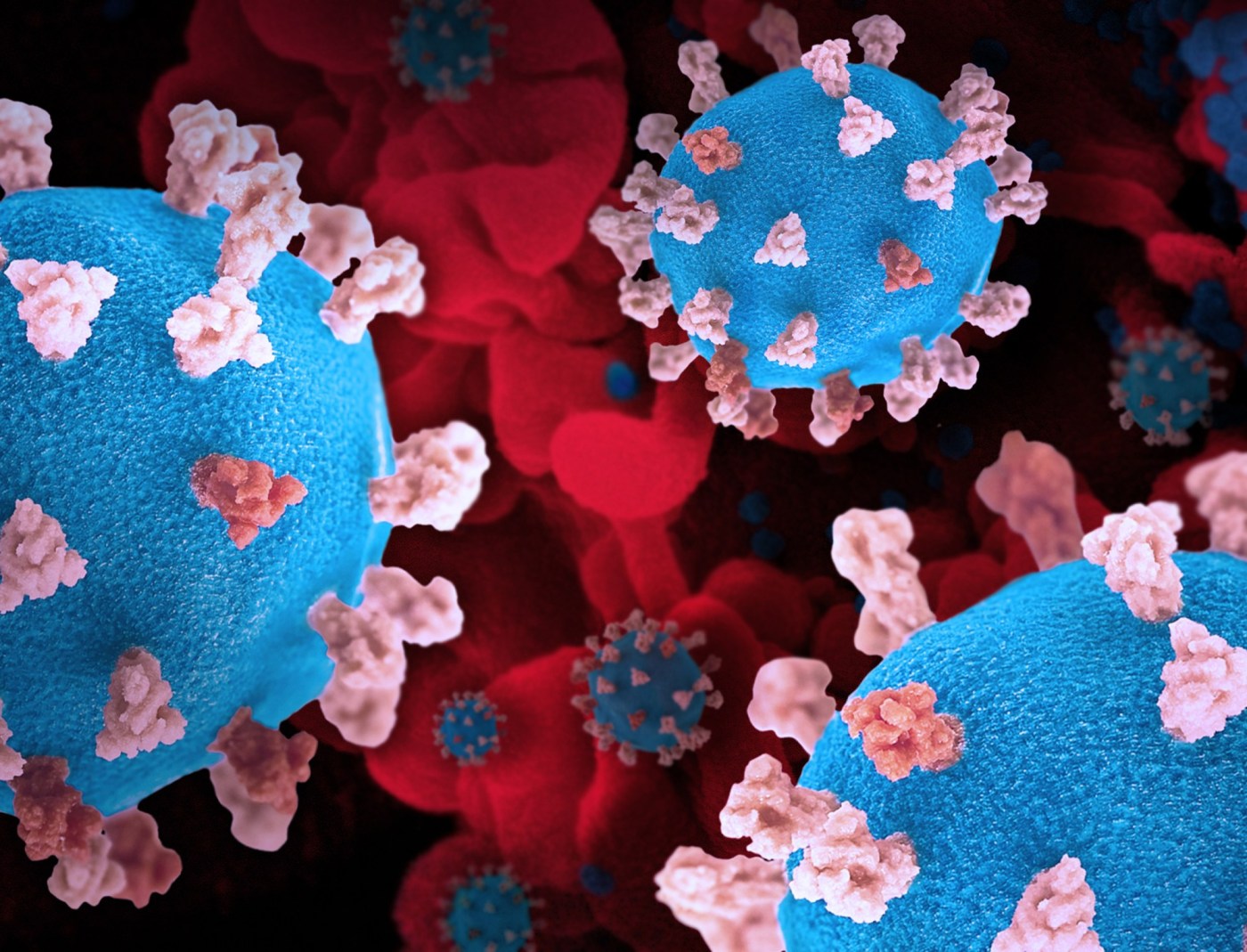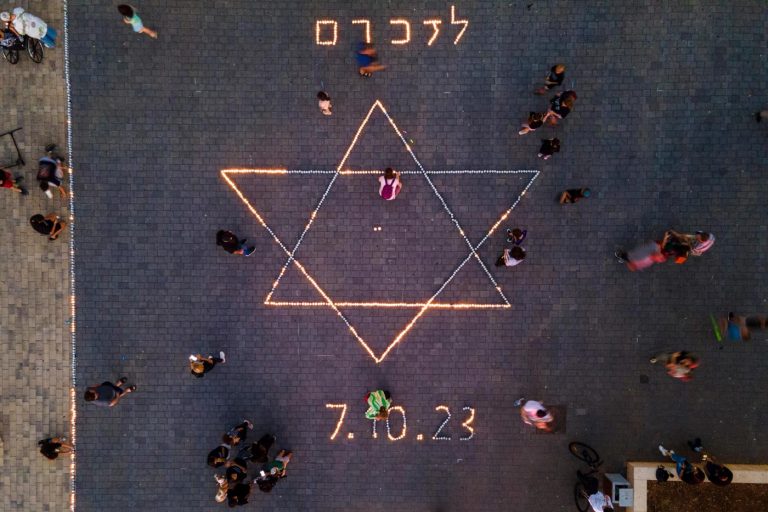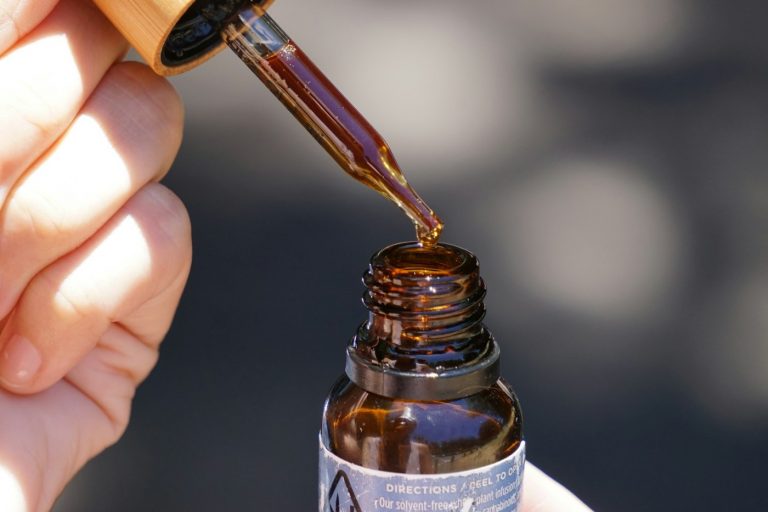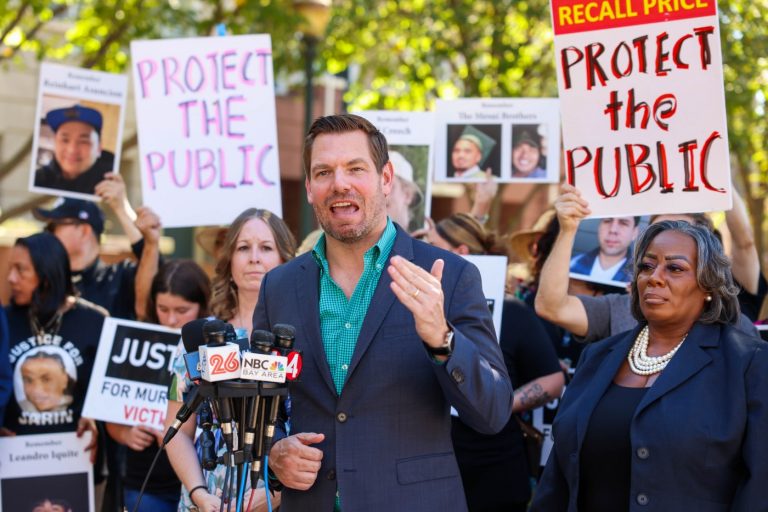Pieces of the COVID virus can lurk in our blood and tissue for almost two years after the initial illness has vanished, a discovery that might offer clues to the mystery of lingering post-infection disability, according to new research from UC San Francisco.
Four years after the U.S. went into lockdown, the worst of the pandemic has passed. But for people with long COVID, the illness remains a daily misery.
The new research suggests why: The virus is not always fully cleared after the initial infection, so remains deeply embedded, even though people are no longer contagious.
It is not yet known if these small viral proteins, called antigens, are causing long COVID. But, based on the new discovery, the UCSF team is conducting clinical trials of potential therapies that could attack the hidden pathogen.
“This can be a persistent infection for some people,” said Dr. Timothy Henrich, professor of medicine at UCSF who co-authored the research, presented at last week’s Conference on Retroviruses and Opportunistic Infections in Denver. “We’re concerned that this could be leading to, at least in part, some of the long COVID symptoms that people have been experiencing.”
While COVID remains much more serious than the usual seasonal flu, safe and highly effective vaccines have caused a dramatic decline in infections and deaths.
There is a desperate need for a diagnostic test and treatment for long COVID, which affects an estimated 7% of American adults. Currently, doctors are only treating the symptoms, rather than offering a cure. Experts predict that the disorder will place continuing demands on our healthcare system.
“Long COVID patients deserve swift, accurate diagnosis and timely, effective treatment,” said Jaime Seltzer, scientific director at the nonprofit MEAction, which advocates for patients with long COVID and myalgic encephalomyelitis/chronic fatigue syndrome, or ME/CFS.
Is the clandestine virus constantly provoking the immune system, causing symptoms? That’s one leading theory. Another possibility is that COVID triggers an autoimmune response when the body mistakenly attacks itself. Or perhaps, long after it fends off infection, the immune system fails to turn off.
Using an ultra-sensitive test of blood from 171 people who had been infected with COVID, the UCSF scientists found pieces of the viral “spike” protein that persisted up to 14 months after infection.
Viral proteins were identified in 7% to 14% of the patients.
The likelihood of detecting the protein was about twice as high in people who had been severely ill, requiring hospitalization, than those who were not, according to the team. Detection was also higher in the blood of people who reported being very sick, but were not hospitalized.
In a second study involving tissue samples, traces of the virus were found up to two years after infection. It hid in connective tissue where immune cells are located. The work was conducted at UCSF’s Long COVID Tissue Bank, the world’s first tissue bank with samples donated by patients with long COVID.
Patients are not infectious because the virus is not living in the respiratory tract, where it could be spread by coughing or sneezing, said UCSF’s Henrich. Instead, “there seems to ‘seeding’ of deeper tissue after the initial infection, that may persist over a long period of time.”
The team is now designing studies to target the persistent virus. Hopes are pinned on a monoclonal antibody – a lab-made protein that effectively attacks viruses – and an antiviral therapy that blocks viral replication.
“There is a lot more work to be done, but I feel like we are making progress in really understanding the long-term consequences of this infection,” according to infectious disease expert Dr. Michael Peluso, who led the UCSF study.
Related Articles
Paul Offit looks back on COVID-19, misinformation, and how public health lost the public’s trust in new book
Study: About a third of children hospitalized with COVID-19 experience persistent symptoms
Do we simply not care about old people?
Largest COVID vaccine study yet finds links to health conditions
Study finds connection between COVID-19 and insomnia
Persistent COVID infections — caused by actively replicating virus — were recently reported in a large community surveillance project in the United Kingdom. It found that 1% to 3% of people had persistent infections for more than 30 days and 0.1% to 0.5% had them for more than 60 days.
This is worrisome because these persistent active infections may act as viral “reservoirs” that lead to new and highly genetically divergent lineages, seeding a future outbreak.
That study found that the risk of long Covid was 55% higher in people with persistent infection.
“We’re making considerable headway on understanding what drives long Covid,” wrote Dr. Eric Topol, director of the Scripps Research Translational Institute in La Jolla.
“Clearly finding effective and safe treatments is an urgent matter and not enough is being done to pursue that yet, despite a long list of potential alluring interventions based on mechanistic insights,” he said. “Hopefully that will get going now — it cannot happen soon enough.”













+ There are no comments
Add yours